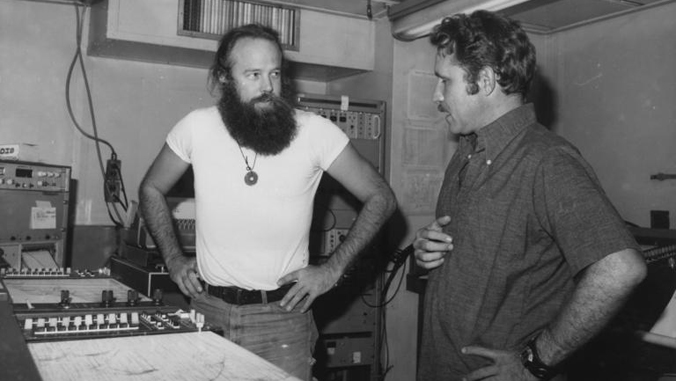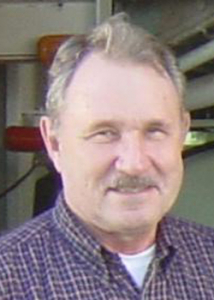
Loren Kroenke, emeritus faculty researcher in the University of Hawaiʻi at Mānoa School of Ocean and Earth Science and Technology (SOEST), died on May 17, at the age of 84.
As a geophysicist at the Hawaiʻi Institute of Geophysics and Planetology (HIGP) in SOEST since 1963, Kroenke focused his research activities on understanding Pacific Plate motion, hot spot volcanism, and the formation and history of the Ontong Java Plateau, a massive oceanic plateau that represents the largest volcanic event of the past 200 million years.
Kroenke joined UH Mānoa after HIGP Director George Woollard selected him as a sea-going colleague. Kroenke was appointed into a faculty position of junior geophysicist, and came up for tenure while still a graduate student in geology and geophysics.

“As the story goes, he was denied tenure in 1971 because he didn’t have his doctoral degree,” wrote UH Mānoa oceanographer David Karl in his book, UH and the Sea. “The following year, he completed all graduation requirements and was reinstated in good standing.”
From February 1962 to June 1963, Kroenke participated in eight back-to-back National Science Foundation-sponsored legs of the USNS Eltanin, from Bayonne, New Jersey to Deception Island, Antarctica to Talcahuano, Chile, and many ports in between. After his arrival in Hawaiʻi, Kroenke conducted research on board UH research vessels. He served as chief scientist, or co-chief scientist, on many expeditions including Glomar Challenger leg #59, and Joides Resolution leg #130.
Kroenke played a key role in a 17,000 nautical mile expedition aboard the UH research vessel Mahi, dubbed the “monster cruise.” This cruise made history when UH scientists conducted the first ever joint oceanographic study with Soviet scientists aboard their vessel, Vityaz. The researchers conducted a two-ship, collaborative operation north of Marcus Island in the western Pacific Ocean in fall 1970.
Kroenke is the namesake of Kroenke Canyon, which he first identified in his dissertation research, on the flank of the Ontong Java Plateau, where he focused much of his career. His PhD dissertation, “Geology of the Ontong Java Plateau,” was completed in 1972, and remains an essential reference for all students of the feature.
“During his more than four decades of expeditionary marine research, Kroenke logged in excess of four and one-half years at sea, rightfully earning the title of ‘iron man of UH expeditionary marine research,’” wrote Karl in UH and the Sea. “Few, if any, other scientists at UH, with the possible exception of Don Hussong and Fris Campbell, can match his remarkable achievements of dedication and endurance.”
Portions of this content are reprinted with permission from “UH and the Sea” (2004) by David Karl.
–By Marcie Grabowski

